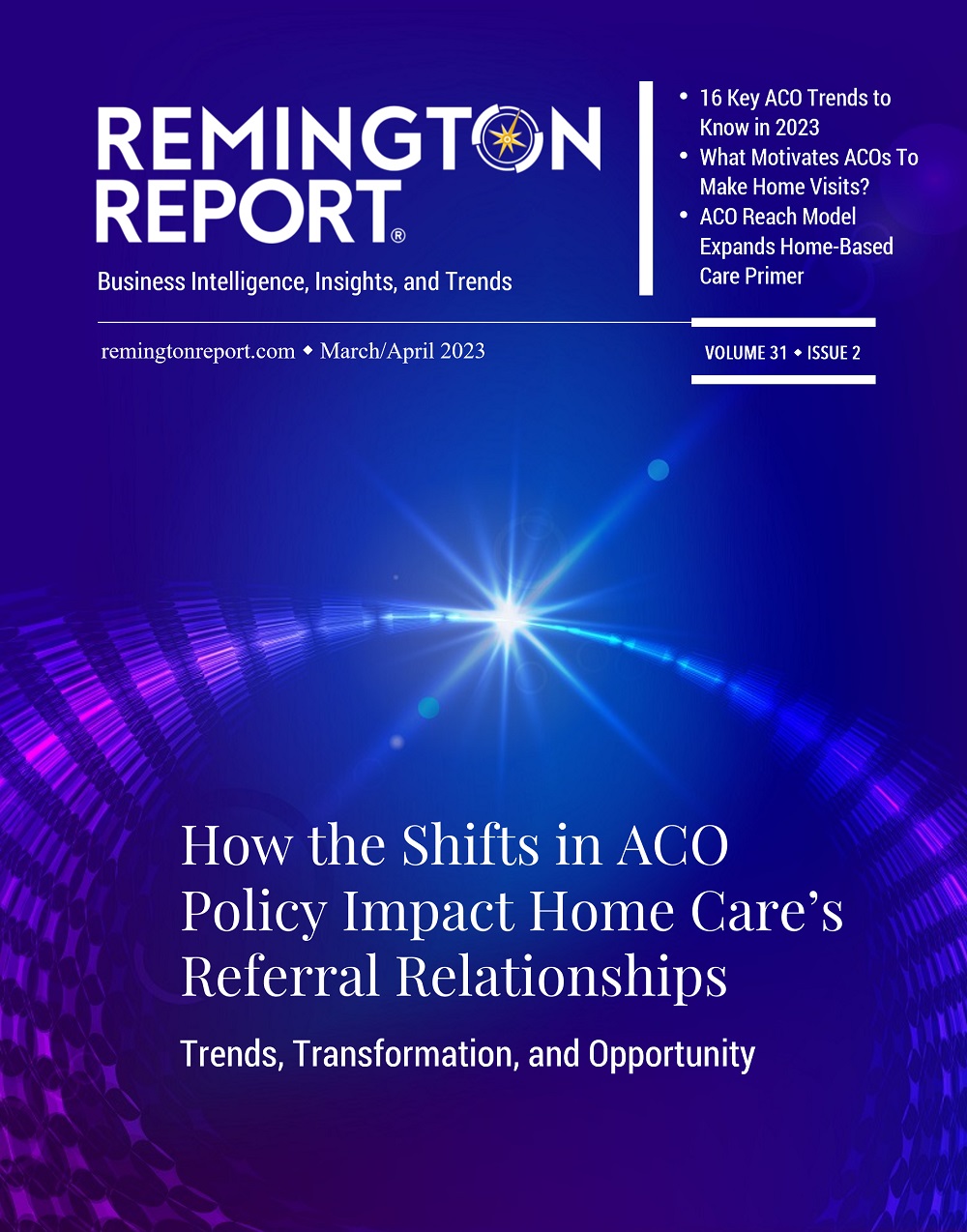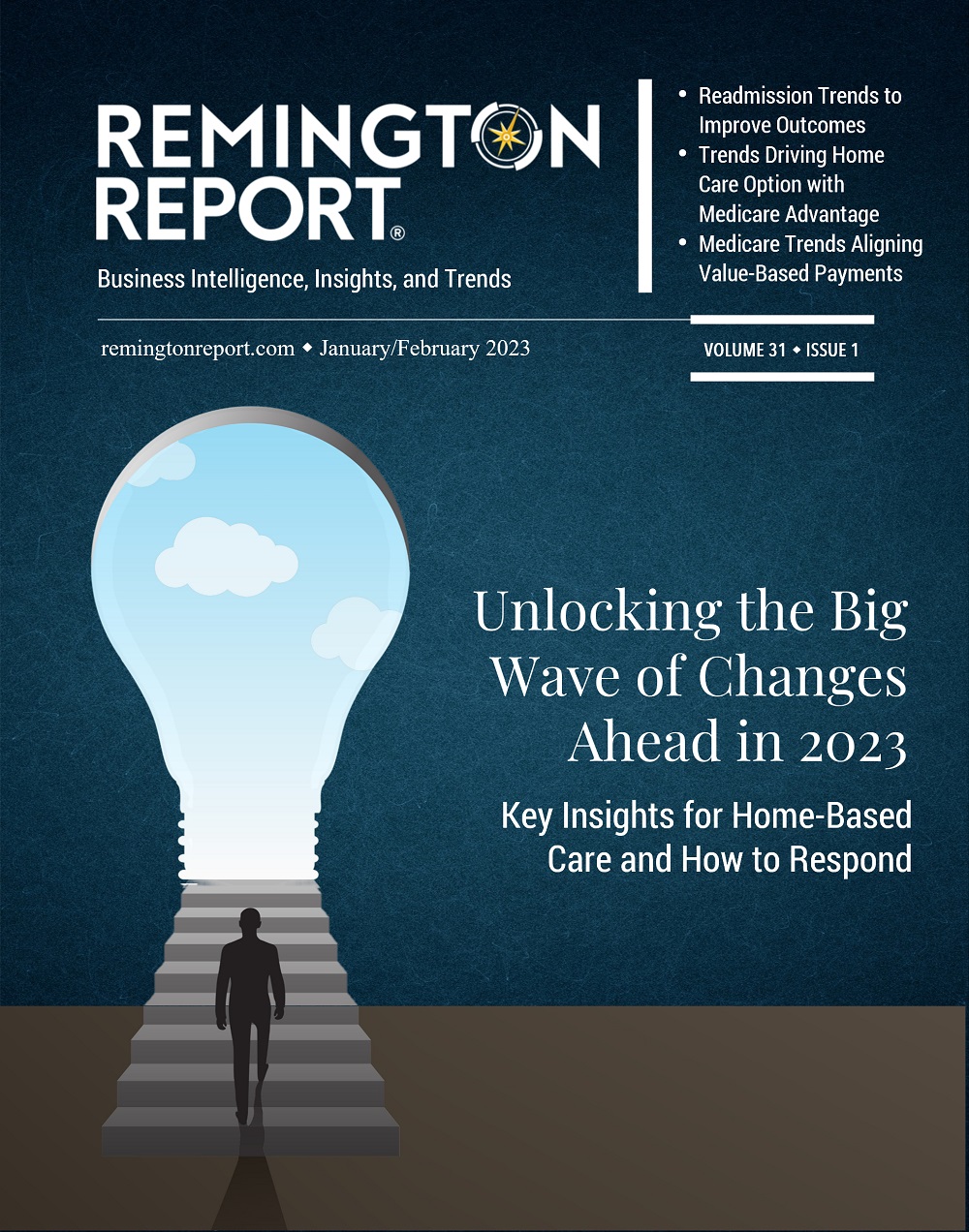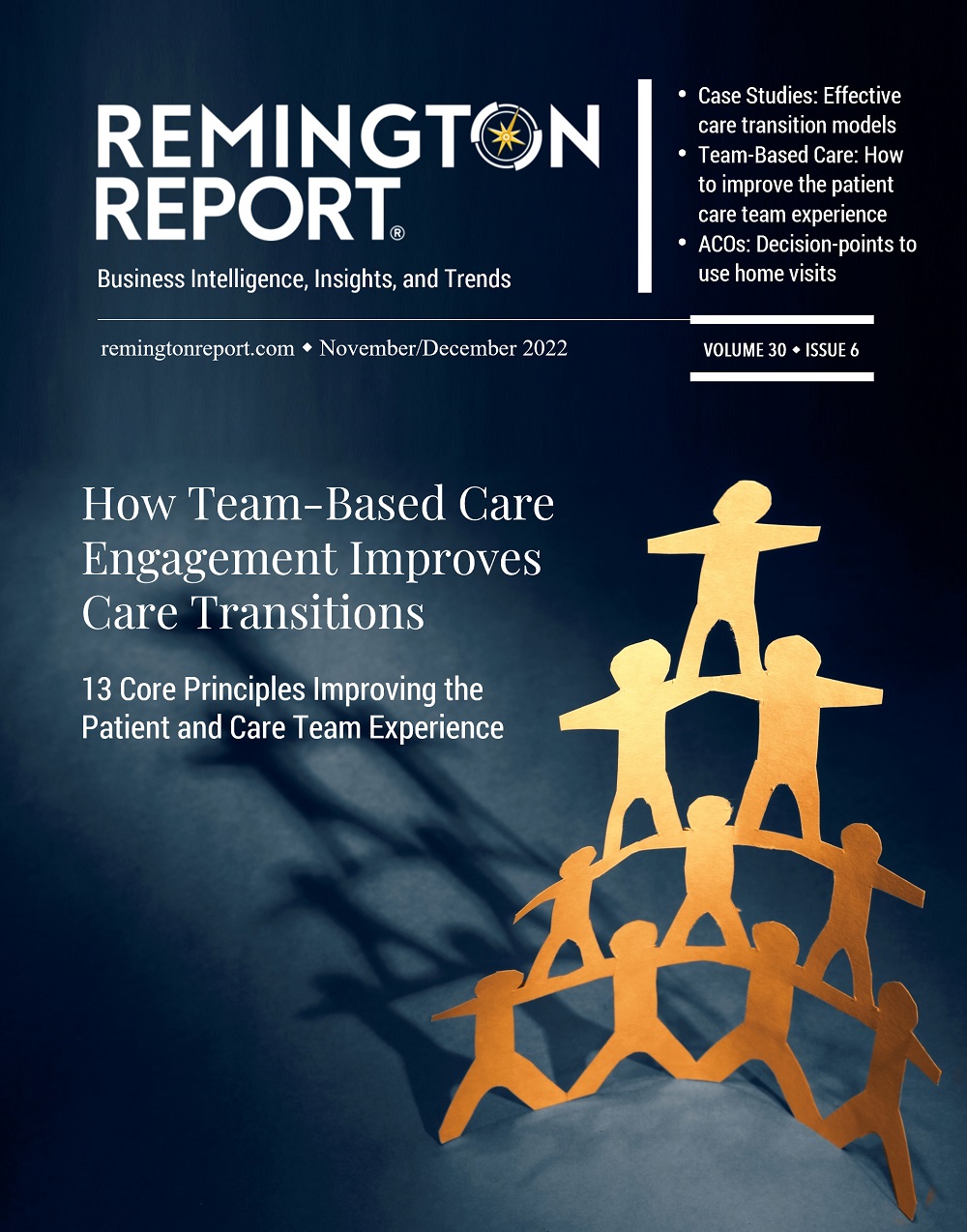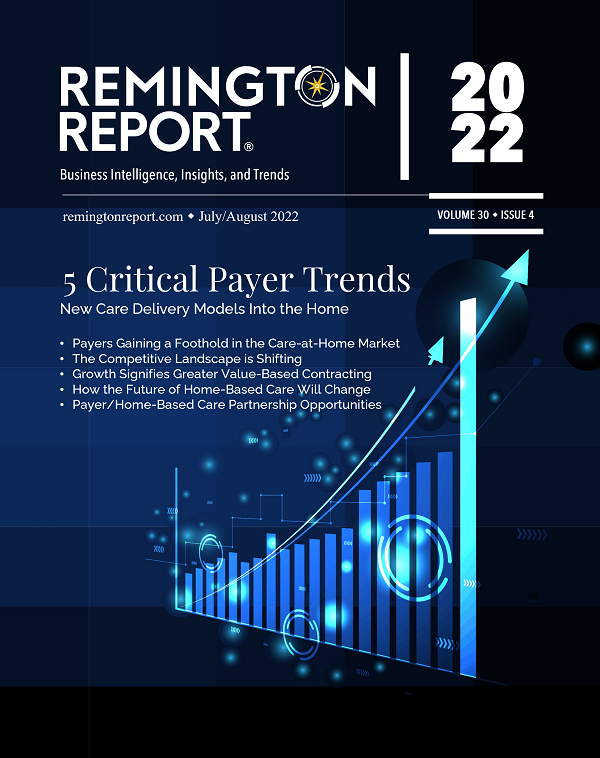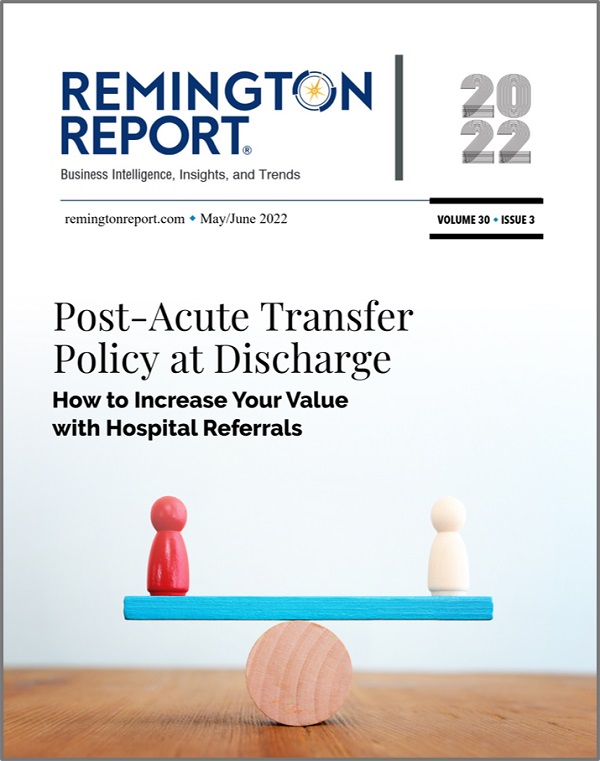Article Highlights
- CMS’s new care model for dementia care.
- Dementia care standardization includes assessments, care coordination, ongoing monitoring, and medication management.
- Care services in the home to prevent or delay long-term nursing placement.
- Where people with dementia live and how they receive care depends partly on their ability to pay.


